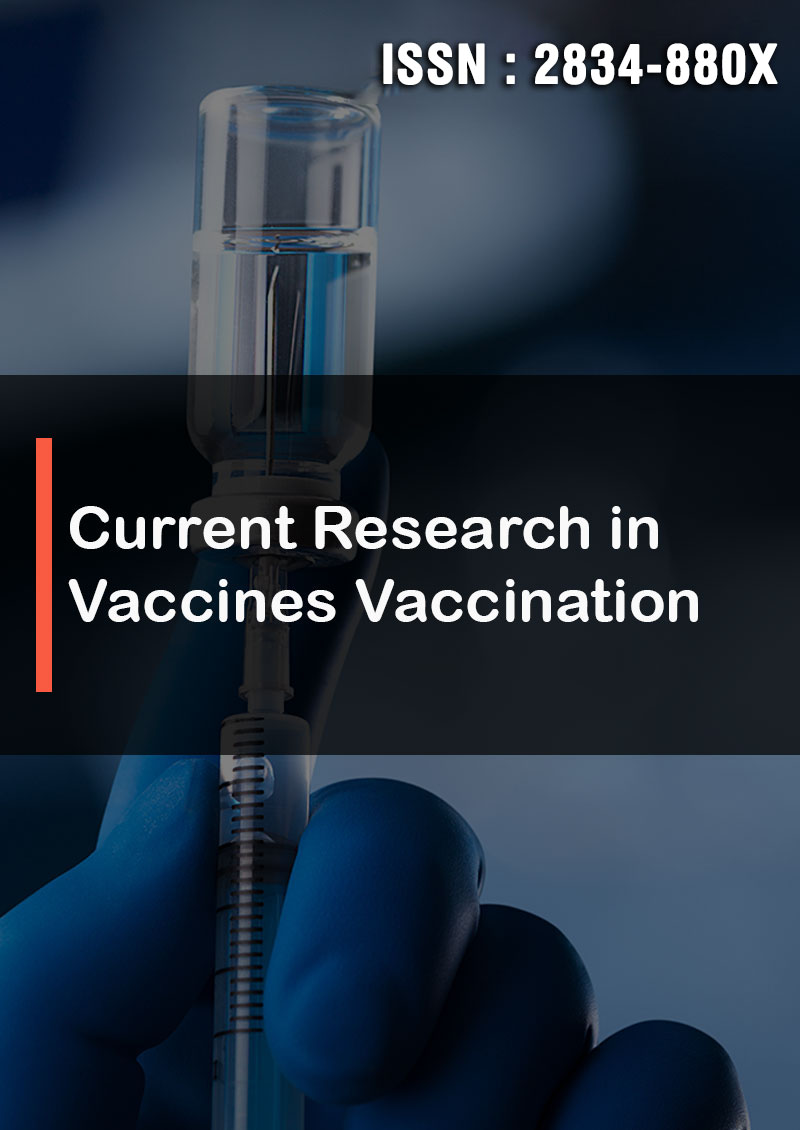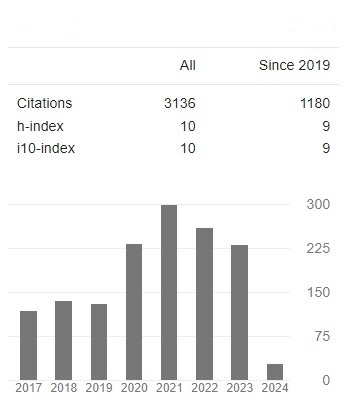Studies on Indigenous knowledge in the Management of Typhoid fever and Wound Infections Using Calotropis Procera (Cp) Leaf Extracts Against selected Microorganisms
Abstract
Jimba Rai Amos, Egbenoma Aigboeghian, Aigboeghian Preciousgift, Syvernus Chukwudi and J.C. Ogbu
The studies on indigenous knowledge in the management of typhoid fever and wound infections using leaf extract of Calotropis procera plant were carried out. The leaf were plucked and air dried to a constant weighed pulverize, soaked with four different solvent; aqueous, n.hexane, ethanol and methanol. Two hundred and fifty gram of the pulverized dried sample was weighed for each solvent extraction and 28.50±1.00 (g), 12.30±1.00 (g), 16.40±1.0 (g) and 22.60±1.00(g) with correspondence weigh of fractionated pure isolates of the extract obtained from column chromatography of 13.00±1.00, 7.20±1.00, 8.80±1.00 and 10.30±1.00 (ml) was obtained. The result of phytochemical analysis revealed the highest active components of tannins, saponins, alkaloids, flavonoids, cardiac glycoside and terpenoids in methanolic extracts whereas reducing sugar, phenol, and phlobatannins were absent. Using agar well diffusion methods, the different crude extracts showed visible effect on test organisms compared to the fractionated pure isolates of the extracts and the positive control. The methanolic extracts were observed to be more potent than other solvent extracts on the test bacteria with the concentration of 250mg/ml and 500mg/ml on S. typhi. Fractionated pure isolate of the extract showed highest zone diameter of inhibition of 27.50±0.00 and 35.8±0.00 at the concentration of 50 ml and 100 ml respectively on both gram negative and gram positive bacteria compared to the positive control range from 34.00±1.00 to 49.20±1.00. The minimum bactericidal concentration (MBC) of crude and fractionated pure isolates showed effectiveness on both S. typhi and S. aureus at the concentration of 250mg/ml and 500 mg/lm, 50 ml and 100ml respectively. MRSA showed a quick declined in the growth of S. typhi and a little longer in S. aureus after the period of 4h and 12 h at the concentration of 25 mg/ml, 500mg/ml, 50 ml and 100ml of crude and fractionated pure isolates of plant extract. Thus, the results indicates that fractionated pure isolate of the extracts were more significantly higher than the crude extracts at 0<0.5 level of significance compared to the positive control; this could be due to the synergism. The finding therefore concludes that Calotropis procera contains a potential source of bioactive compounds that can be used in management of typhoid fever and wound infections.




